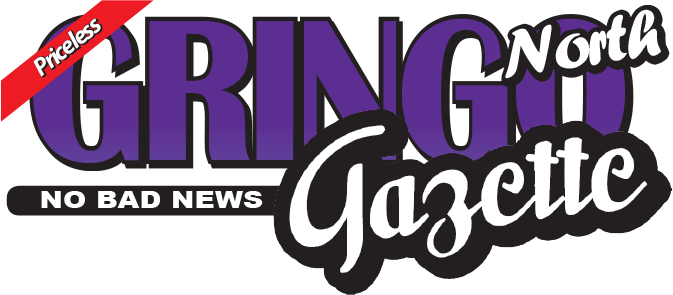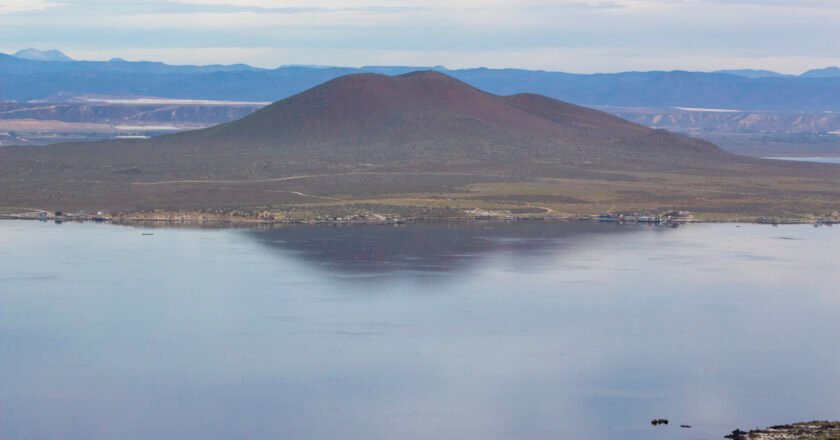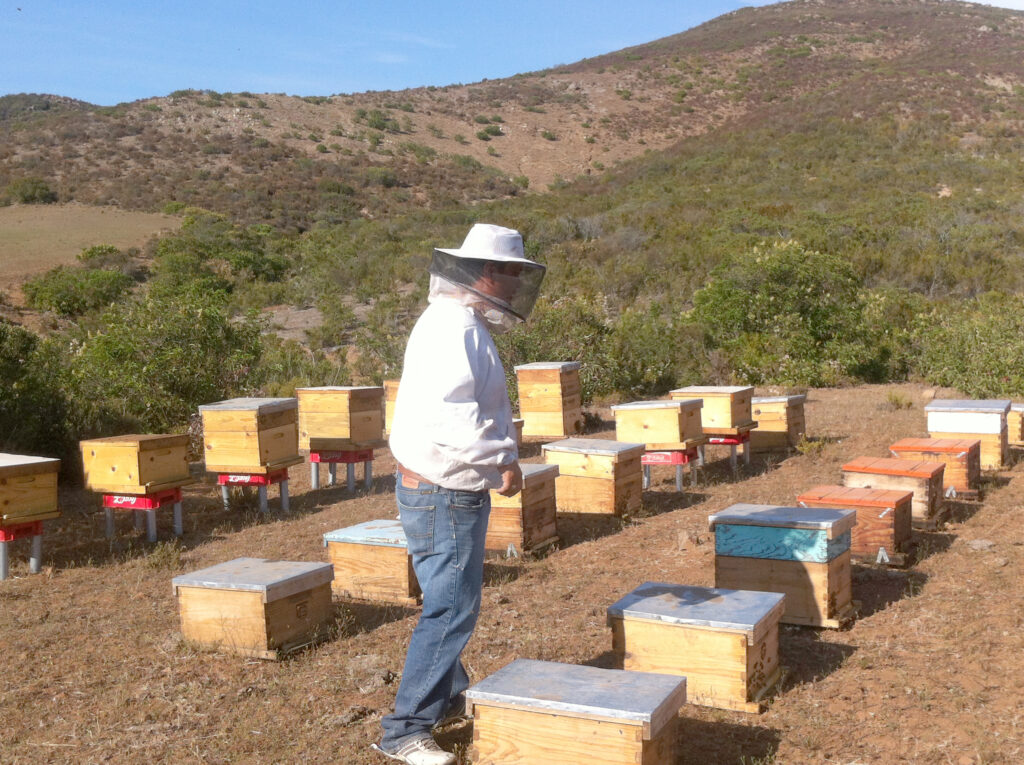Make sure you follow these 11 tips
BY JASON WAGNER
The Mexican Traffic Safety Research Center reports that Mexico registers 4 million car accidents every year, and the total cost of the accidents reaches over $10 billion dollars annually.
If you are involved in an accident in Mexico and no one is injured, it is always best to be prepared for the situation at hand. Discussed here are 11 essential tips that will help you at the scene of the accident and during the claim process. The laws and protocols when dealing with accidents in Mexico are different from other countries and to understand these laws and protocols will only help you, so you are better prepared.
To avoid potential problems in the event of a car accident, having an active Mexico car insurance policy in hand is your first line of defense and will help keep you protected from the unexpected. Having the proper insurance in Mexico will help you deal with serious legal and financial consequences and will offer support when involved in an auto accident in Mexico.
TIP 1 – STAY CALM and FOCUSED: The first and most crucial action for you to consider is to stay calm and focused by protecting yourself, your family, third parties, and your property. Immediately after an accident, there will be many emotions to manage. However, it is highly recommended to remain as calm as possible and tend to any personal injuries you or your passengers may have sustained. In Mexico, it is important to remain at the scene of the accident until the proper authorities arrive, so the details of the accident are properly documented. There are of course exceptions to these rules if serious medical attention is required.
TIP 2 – DOCUMENT: Take photos and video of the damage sustained to your vehicle and all other vehicles involved in the accident from multiple angles. Documenting any and all damage close and from afar of the entire scene is highly recommended.
You can imagine that there will be a lot going on at this time, so collecting photos and video will help tell the story of the accident at a later time, when for example your insurance adjuster is involved and has requested to understand the full scope of the accident.
It is recommended that taking photos and video of the other vehicle’s license plates, Mexico insurance policies, and drivers’ licenses are the fastest and easiest way to build your digital claim file. Also, if you or your passengers have sustained any injuries, be sure to document this just the same.
TIP 3 – CALL FOR HELP: Dial 911, the emergency hotline in Mexico, and make sure medical help is dispatched to tend to anyone with severe injuries and the police to make an accident report. Remember that the accident report is vital for you to file a claim to your Mexico insurance provider.
TIP 4 – READY THE ESSENTIALS: Prepare your essential identification documents to present to the police when they arrive at the scene. These include your passport, visa, driver’s license, valid registration, and an active Mexico auto insurance policy.
TIP 5 – CALL YOUR INSURANCE PROVIDER and REPORT YOUR CLAIM: You are REQUIRED to Report your claim to your Mexico insurance carrier FROM MEXICO AND BEFORE YOU RETURN TO THE UNITED STATES. Failure to report your claim before returning to the United States will result in your claim being denied as this is a requirement in the terms and conditions of your Mexico car insurance policy. I always recommend to my clients to call their Mexican car insurance provider as soon as possible and report the accident and file their formal claim. Request a field adjuster to come to the scene of the accident for assistance when dealing with Mexican authorities.
TIP 6 – AVOID GOING TO JAIL: In Mexico, “YOU’RE GUILTY UNTIL PROVEN INNOCENT.” Kind of scary if you are from the United States or Canada and not used to these types of Mexican laws. All involved in the accident will be taken into custody to identify who caused the accident and to make sure that the person at fault is capable to cover the expenses of the damages.
If you have a valid and active Mexico car insurance policy, then feel assured that you have legal bond included and have met the requirements of Mexican law.
Although there is no guarantee that the local officials will not detain you, knowing you have a Mexico car Insurance policy issued by West Coast Global Insurance Services will assure you have a reputable Mexico insurance carrier providing coverage and protection for your financial responsibility.
TIP 7 – DON’T SIGN ANYTHING: If you are handed any document at the scene of the accident and forced or asked to sign, DO NOT SIGN this agreement without knowing 100% what you are signing. Signing a settlement agreement or accepting payment from anyone involved in the accident will void your Mexico insurance policy. We strongly recommend consulting with your field adjuster assigned from your insurance company before you sign anything. You do not want to regret making a decision that may result in your claim being denied because you entered into your agreement which forces the Mexican insurance company from being able to be involved any further in the claim.
TIP 8 – KNOW THE RISKS: Remember that driving in Mexico without car insurance is illegal, and plain and simple, just NOT A GOOD IDEA. Additionally, there is a good chance you will land yourself in jail if you are unfortunately involved in an accident. However, with an active authorized Mexican car insurance policy, you will be protected from the unexpected and have the financial and legal strength of an “A” rated Mexico car insurance carrier by your side providing you peace of mind.
TIP 9 – KNOW YOUR POLICY: Not every Mexico car insurance policy is written the same.
Did you know that U.S. and Canadian vehicles are not insured with the same type of policy that a Mexico-registered vehicle is secured with? If after a claim, you find out that the policy written on your vehicle was issued with the wrong insurance program, meaning a Mexico registered vehicle was insured on a Tourist auto policy, or vice versa your claim will be denied for not having a valid policy. You will have wasted your hard-earned dineros and are now stuck with a bill to repair your car 100 percent out of pocket. Double check your policy declarations page to be sure your policy is written correctly.
TIP 10 – PERMISSION TO DRIVE YOUR VEHICLE: If you decide to hand your car keys over to a friend to drive your vehicle, it is essential to know that you are now handing over the insurability and decision making of your vehicle to that person. This means that if your vehicle is in an accident and your friend negotiates to have your vehicle fixed by a third party, then this will void your Mexico auto insurance policy. This person can negotiate on your behalf due to you permitting them to drive your vehicle; they now become the insured on the vehicle and have the authority to act on your behalf. Please note, as mentioned previously in the KNOW YOUR POLICY section, that some Mexico auto insurance policies written for U.S. and Canadian vehicles do not extend protection for Mexican Nationals when driving under these insurance policies.
TIP 11 – ASK YOUR AGENT: If you have any questions about your Mexico auto insurance policy, ask your licensed insurance agent to provide you the details of your policy. Request a copy of the policies terms and conditions, which should be provided to you in Spanish and a courtesy copy in English. Please note that the Spanish-written policy conditions will always prevail in Mexico.
IN-Closing: Driving in Mexico and especially in Baja can sometimes be a challenging experience, accidents & fender benders can occur in a blink of the eye and some say it’s best to be a defensive driver rather than an offensive driver. Always be aware of your surroundings, limit your driving at night and contact Jason Wagner of West Coast Global Insurance Services for ALL your Insurance needs in Mexico. With over 16 years of focused experience protecting our clients’ Assets & Health in Mexico, we assist our clients with the Best Coverages and Pricing available.
When was your last Mexico Insurance Review? Purchasing Mexico car insurance has never been easier with our Quote and Apply online platform. Quote up to 5 Mexico car insurance carriers at the same time with flat deductible options, policies in English, and the ability to purchase and print your policy online securely in just a few easy steps.
Reliable Mexico Insurance Protection for all Vehicle Types & Registration Types.
Are you Protected from the Unexpected? Jason Wagner & the West Coast Global Insurance Team!! Contact our office by: email WCGN@InsureMeWC.com or
Call us at (818) 788-5353 Website – www.InsureMeWC.com
Disclaimer: Review the policy conditions attached to your insurance policy in Mexico. Each Mexico insurance carrier and policy is written with unique terms and conditions. This article was written to provide an outline of what to expect when involved in an auto accident in Mexico. Details within this article are subject to change based on individual occurrences, companies and persons involved.













 If they threaten you or get nasty, write down their name, or if they are not wearing their name badge, (mandatory, but still it’s common for them to stick it in their pocket), then haul out your phone and take their picture. That’s like holding a mirror up to a vampire, and they will jump in their car and scurry away like cockroaches when you turn on the light. They will let you go with some face saving mumble like, “just a warning this time”.
If they threaten you or get nasty, write down their name, or if they are not wearing their name badge, (mandatory, but still it’s common for them to stick it in their pocket), then haul out your phone and take their picture. That’s like holding a mirror up to a vampire, and they will jump in their car and scurry away like cockroaches when you turn on the light. They will let you go with some face saving mumble like, “just a warning this time”.